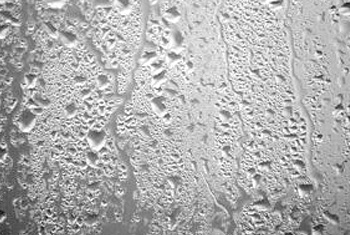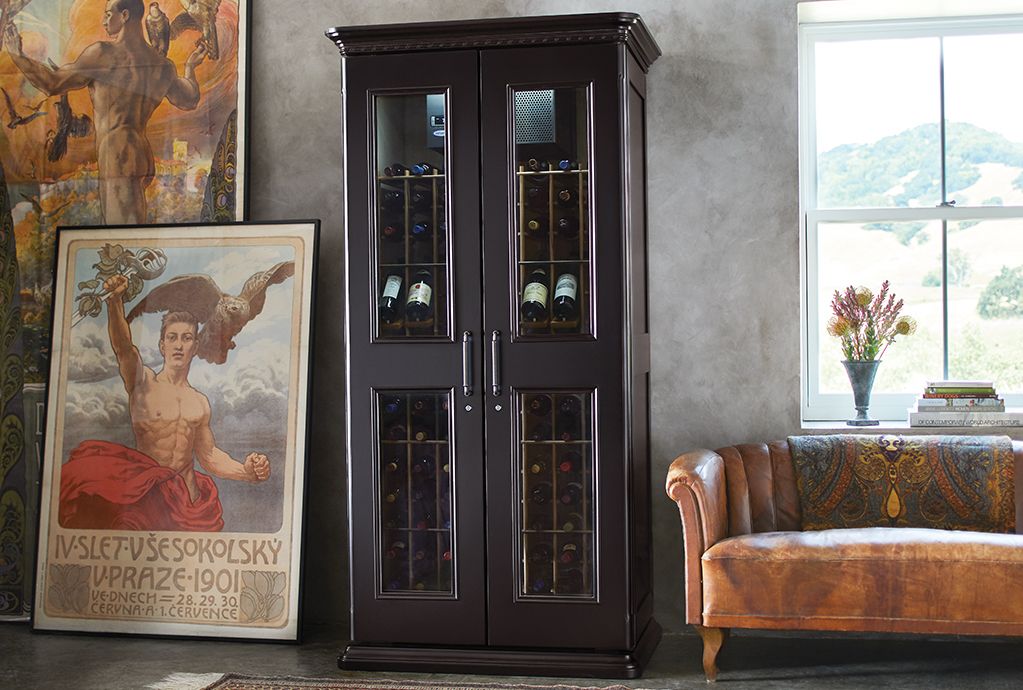
During hot summer months, many wine cabinets experience condensation on the post, locks and even the doors. Like a glass of iced tea on a warm day, wine cabinets are cold on the inside, and this coldness will cause moisture from the warm air to condense on any surface (such as metal) that conducts heat from the inside to the outside. Therefore, locks and metal strips that are exposed to the inside and the outside environments will accumulate condensation on the warm side.

In order to reduce condensation on your wine cabinet, do the following:
- Raise the temperature set-point to 59 degrees or above.
- Build the thermal mass inside the cabinet to reduce the cycle time spent cooling the air in the empty space. If you don’t have enough wine bottles, use soda cans, water bottles.
- Keep the first 3-4 rows clear in the column directly below the cold-air discharge (front column only). This will stop the cold air from “splashing” against the center post.
- Check the seals between the door(s) and the cabinet to ensure there aren’t any leaks in the seals.
- If possible, cool down the ambient environment (but if using a fan, avoid blowing air at the wine cabinet, which will worsen the problem).
- If you’re using a bottle probe, which increases cycle times on and off, discontinue use until the temperature cools down.
- If the condensation is coming into contact with wood, wipe it away frequently to prevent damage to wood surfaces, warping of the doors and mold.
Once outside temperatures cool down, the condensation will go away.